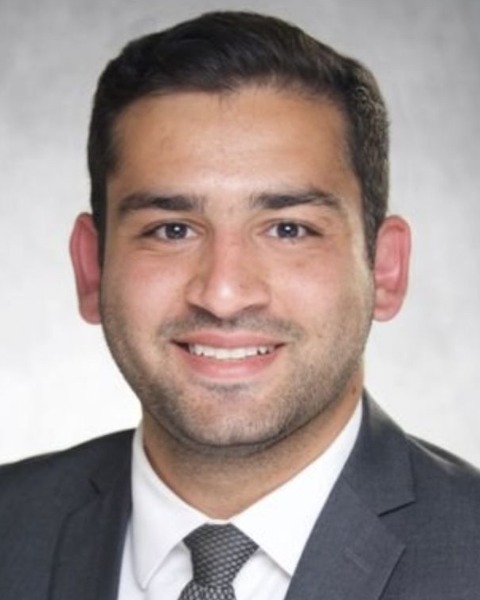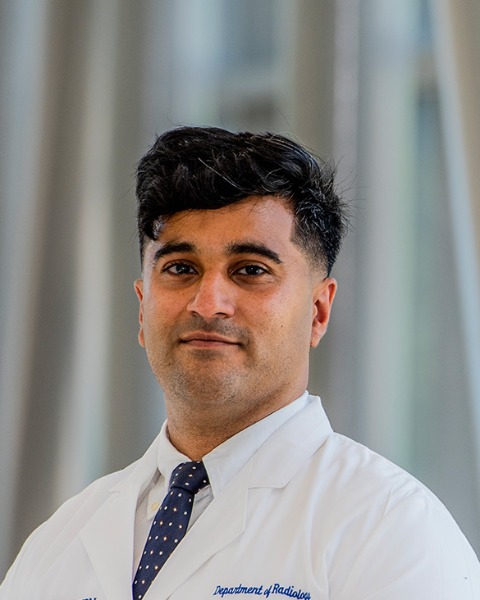SIR 2025
Nonvascular Interventions
Educational Exhibit
Cholangioscopic Findings and Tools for Endobiliary Intervention Using SpyGlass

Amro Saad Aldine, MD
IR/DR Resident
Interventional Radiology, UT Southwestern Medical Center, United States- NK
Niraj KC, MD
Resident
UT Southwestern Medical Center, United States 
Seung Kwon Kim, MD, FSIR, MBA (he/him/his)
Professor
Department of Radiology, UT Southwestern Medical C, United States
Rehan Quadri, MD
Assistant Professor
UT Southwestern Medical Center, United States
Abstract Presenter(s)
Author/Co-author(s)
< ! 1.To demonstrate the cholangioscopic findings in cases of biliary and gallbladder stones, as well as benign and malignant strictures, using SpyGlass.
2. To showcase the practical application of endobiliary intervention tools within the SpyGlass system.
Background: Recent advancements in technology and the development of the SpyGlass system have significantly increased the use of cholangioscopy in the diagnosis and treatment of gallbladder and bile duct pathologies. SpyGlass has proven beneficial in managing patients with bile duct or gallbladder stones, as well as biliary strictures, by enabling targeted lithotripsy, visually guided biopsy, and laser or radiofrequency ablation.
Clinical Findings/Procedure Details:
< 1. Cholanigioscopic findings
1) Gallbladder stones -- cholesterol or black-pigment stones,
2) Bile duct stones – brown pigment stones
3) Benign strictures - mild inflammatory change, acute inflammatory change edema, ulceration, and sloughing, chronic inflammatory changes
4) Malignant stricture - stricture, lesion, mucosal changes, papillary projections, ulceration
< ! 2. Endobiliary intervention tools within the Spyglass system
1) Biopsy forceps
2) Stone basket
3) EHL probes
4) Laser probes
5) Others – Nephromax balloon catheter, balloons, and drain tubes
Conclusion and/or Teaching Points:
To understand the cholangioscopic findings in cases of biliary and gallbladder stones, as well as benign and malignant strictures, using the SpyGlass system, along with the practical application of endobiliary intervention tools within the system.


.jpg)